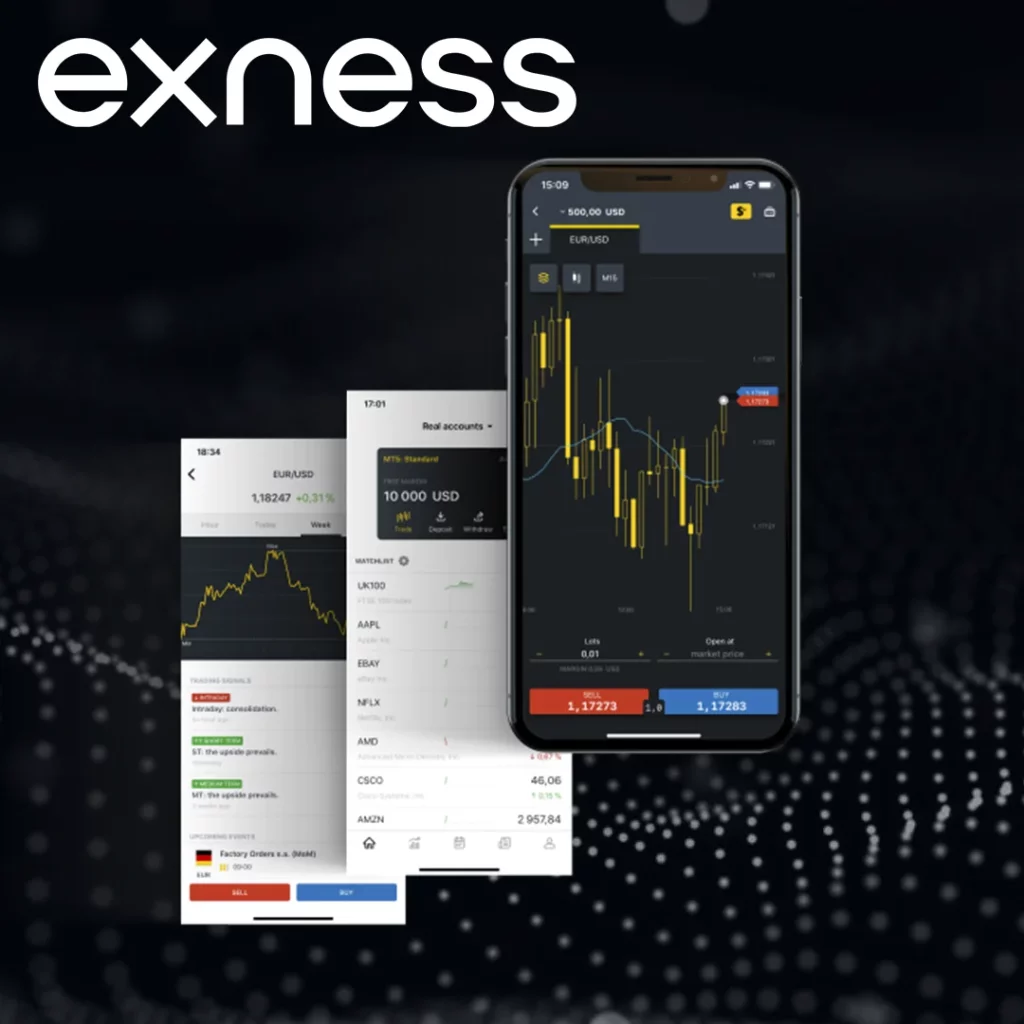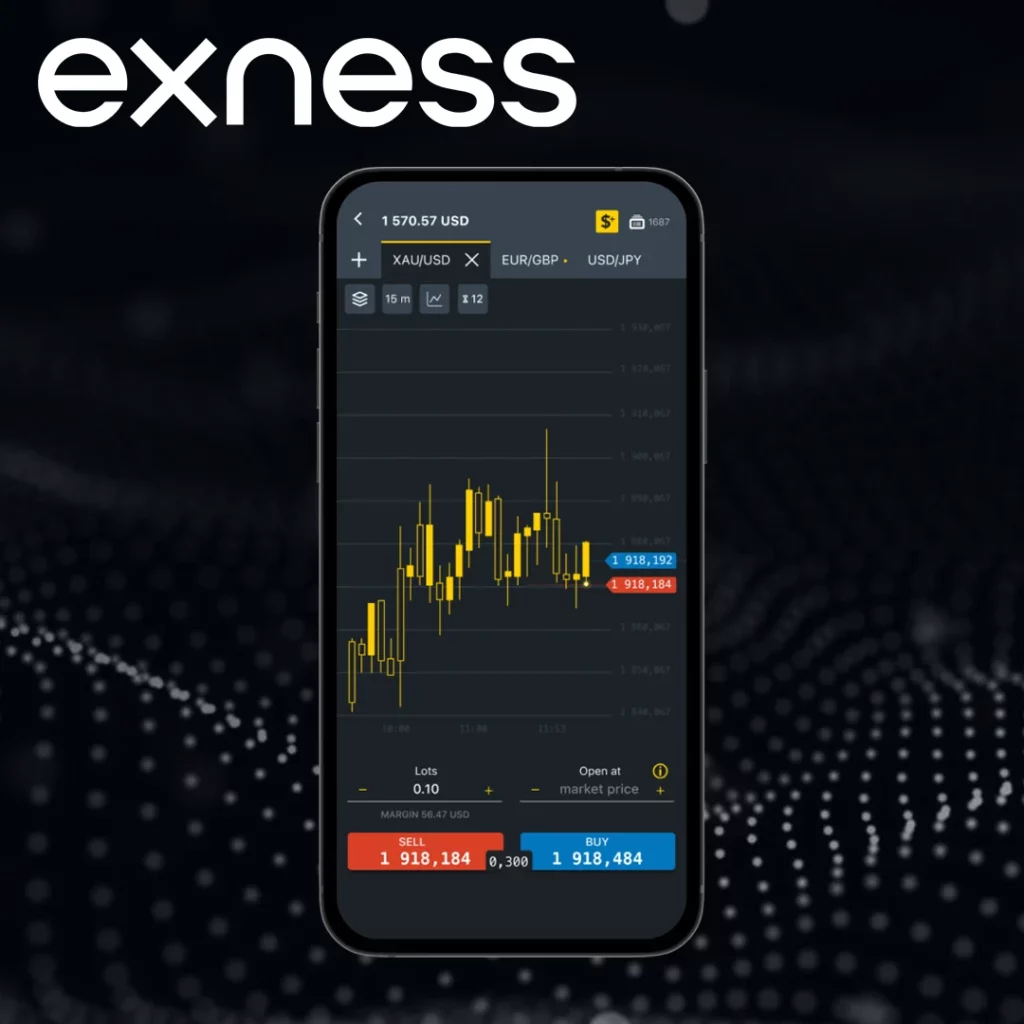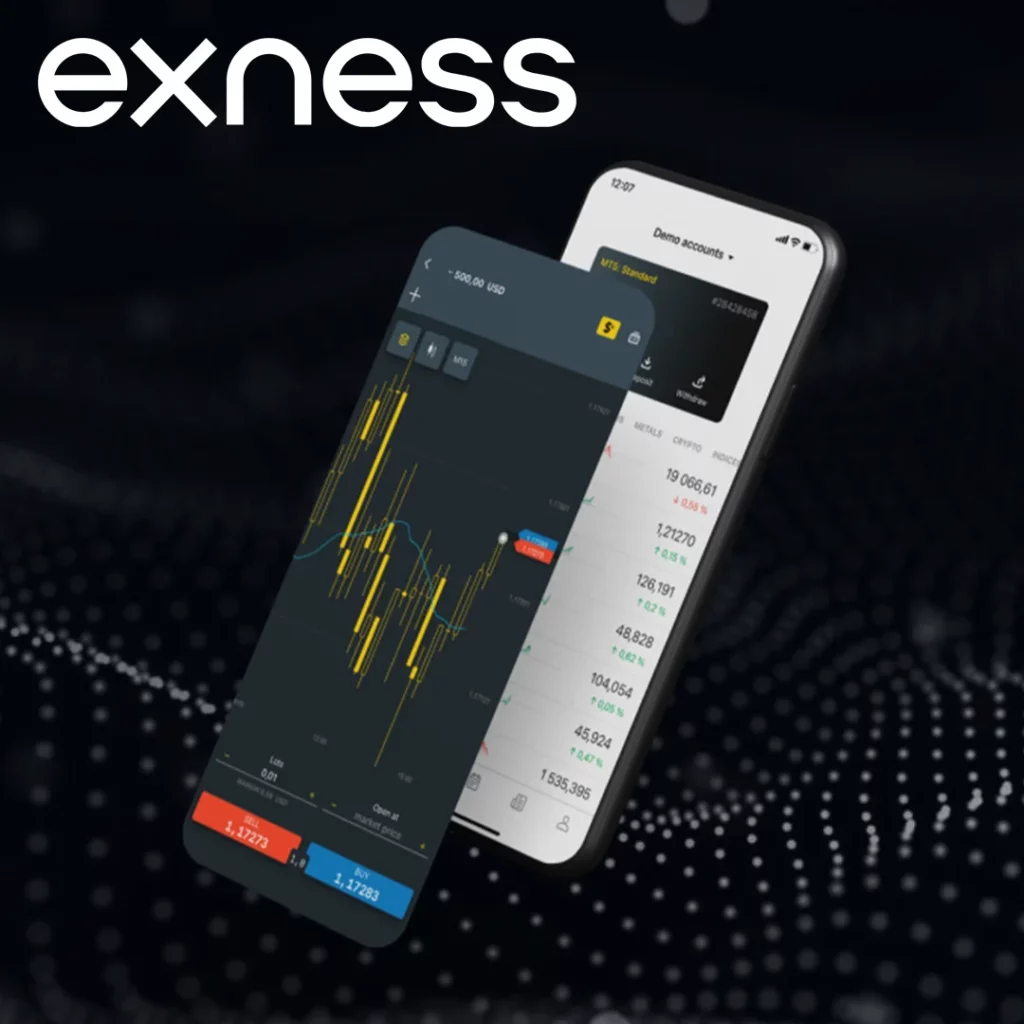Leverage is an essential concept for any trader in the forex market, and understanding how to use leverage effectively can make a significant difference in the success of your trading journey. For Exness users, leverage is an incredibly powerful tool, but it’s equally important to understand the risks and the features available.
What is Leverage?
Leverage allows you to borrow funds from your broker to open larger positions than you would be able to with your own capital. For example, with a leverage of 1:100, you can control a $10,000 position with just $100 of your own funds. While leverage increases your potential for profits, it also amplifies risks, as both gains and losses are magnified.
| Leverage Ratio | Capital Required | Position Size Controlled | Risk Level | Best Suited For |
| 1:10 | $100 | $1,000 | Low | Beginners and cautious traders |
| 1:50 | $100 | $5,000 | Medium | Intermediate traders |
| 1:100 | $100 | $10,000 | Medium-High | Experienced traders |
| 1:200 | $100 | $20,000 | High | High-risk strategies |
| 1:500 | $100 | $50,000 | Very High | Advanced traders with robust risk management |
| 1:2000 | $100 | $200,000 | Extremely High | Professional traders |
Explanation: Higher leverage increases both potential profits and potential losses. It is suitable only for experienced traders who have developed robust strategies.
Key Features
Exness offers flexible leverage options that can suit traders with different risk profiles and trading strategies. Some of the key features of leverage at Exness include:
- Flexible Leverage: Exness allows traders to adjust their leverage according to their preferences. The available leverage varies across different account types, ranging from 1:1 to as high as 1:2000.
- No Hidden Fees: One of the standout features of Exness’ leverage system is the lack of hidden fees. The broker offers transparent conditions, which means traders are not surprised by additional charges or costs related to leveraging positions.
- Automatic Adjustments: Exness provides the flexibility for traders to modify their leverage settings directly from the trading platform. This allows you to adapt your risk exposure as market conditions evolve or as you alter your trading strategy.
- Risk Management Tools: Exness also offers risk management features like Stop Loss and Take Profit, which can be critical when trading with high leverage. These tools can help mitigate the risks that come with larger trades.

How Leverage Works with Different Exness Account Types
Exness offers various account types, each with its own set of features, including different leverage options. Understanding which account type to choose based on your trading needs is critical. Below is a more detailed look at the different Exness account types and the leverage options available for each:
| Account Type | Minimum Leverage | Maximum Leverage | Spread Type | Ideal For |
| Standard Account | 1:1 | 1:2000 | Fixed/Variable | Retail traders seeking standard access to markets |
| Raw Spread Account | 1:1 | 1:2000 | Raw Spreads | Traders looking for tighter spreads and faster execution |
| Pro Account | 1:1 | 1:2000 | Variable | Professional traders and scalpers with advanced strategies |
| Zero Account | 1:1 | 1:2000 | Zero Spread | High-frequency traders seeking low-cost, high-speed execution |
| ECN Account | 1:1 | 1:500 | Variable (ECN) | Traders who prefer direct market access with low spreads |
How to Set Leverage on Exness

Setting leverage on your Exness account is a simple and flexible process. Here’s a step-by-step guide to adjust your leverage:
- Log in to Your Exness Account: Open your Exness account by entering your login credentials on the Exness trading platform or app.
- Go to ‘Settings’ or ‘Leverage Settings’: After logging in, navigate to the settings section where you can modify your account details. In this section, look for the leverage settings.
- Select the Desired Leverage: Exness allows you to choose a leverage ratio that aligns with your risk tolerance. You can select from a range of options depending on your account type.
- Confirm Your Selection: Once you’ve chosen your leverage, make sure to confirm the changes. Keep in mind that adjusting leverage can impact the margin requirements for your trades.
- Monitor Your Positions: After changing your leverage, keep an eye on your open positions to ensure that your new leverage is aligned with your risk management strategy.
Leverage impacts the amount of margin (collateral) required to open a trade. Below is a detailed breakdown of margin requirements for different instruments:
| Instrument | Leverage | Position Size | Required Margin | Typical Spread | Margin Level (%) |
| EUR/USD | 1:200 | $10,000 | $50 | 0.1 pips | 100% |
| GBP/USD | 1:500 | $20,000 | $40 | 0.2 pips | 50% |
| Gold (XAU/USD) | 1:100 | $15,000 | $150 | 1.0 pips | 100% |
| NASDAQ Index | 1:50 | $5,000 | $100 | 2.0 pips | 80% |
| Bitcoin (BTC/USD) | 1:20 | $2,000 | $100 | 30.0 pips | 150% |
| Crude Oil (WTI) | 1:100 | $30,000 | $300 | 5.0 pips | 100% |
Explanation: Lower leverage requires more margin but reduces the risk of rapid account depletion.
The Risks of High Leverage
Although high leverage can increase your potential profits, it also comes with substantial risks. The main risk is that your losses can quickly exceed your initial deposit if the market moves against your position.
For example, let’s say you’re trading with 1:500 leverage. If the market moves by just 1% against your position, your losses would be equivalent to 500% of your original capital. In extreme cases, traders have been known to lose their entire deposit if the market moves in the wrong direction.
To manage these risks effectively, it’s crucial to:
- Use Risk Management Tools: Setting Stop Loss and Take Profit orders can help protect your positions from significant losses.
- Monitor Market Movements Closely: Always keep an eye on your trades and market news to avoid unexpected fluctuations.
- Avoid Overleveraging: It’s tempting to use high leverage for larger trades, but overleveraging can quickly lead to disastrous losses. Always ensure that your leverage is suitable for your risk tolerance and trading style.

Managing Risk When Using Leverage
Effective risk management is essential when trading with leverage. Here are a few tips to help you minimize the risks:
- Start with Low Leverage: If you’re new to trading or unfamiliar with leverage, start with lower leverage ratios (e.g., 1:10 or 1:50). This allows you to familiarize yourself with how leverage affects your positions before taking on larger risks.
- Use Stop Loss Orders: Always set Stop Loss orders to limit the amount of loss you’re willing to accept on a trade. This can prevent your account from being wiped out if the market moves against you.
- Diversify Your Positions: Instead of placing all your capital into a single trade, consider diversifying across different markets or currency pairs. This spreads the risk and reduces the chance of a single market movement ruining your account.
- Keep an Eye on Margin Levels: Be sure to monitor your margin level and ensure you have enough equity in your account to avoid a margin call. If your equity drops below a certain threshold, your broker might close your positions automatically.
By following these risk management practices, you can make the most of leverage without exposing yourself to undue risks.
Conclusion
Leverage is a powerful tool for forex traders, and Exness offers a flexible and transparent system that can help you maximize your trading potential. By understanding how leverage works and using it strategically, you can amplify your profits while mitigating the risks. In the next part of this guide, we will explore more advanced topics, including margin calls, how to calculate leverage, and advanced risk management techniques.

Trade with a trusted broker Exness today
See for yourself why Exness is the broker of choice for over 800,000 traders and 64,000 partners.
FAQ
How does leverage affect margin requirements?
Leverage allows you to control larger positions with less capital. Higher leverage reduces the margin required to open a trade, enabling you to manage more significant positions with a smaller deposit.



